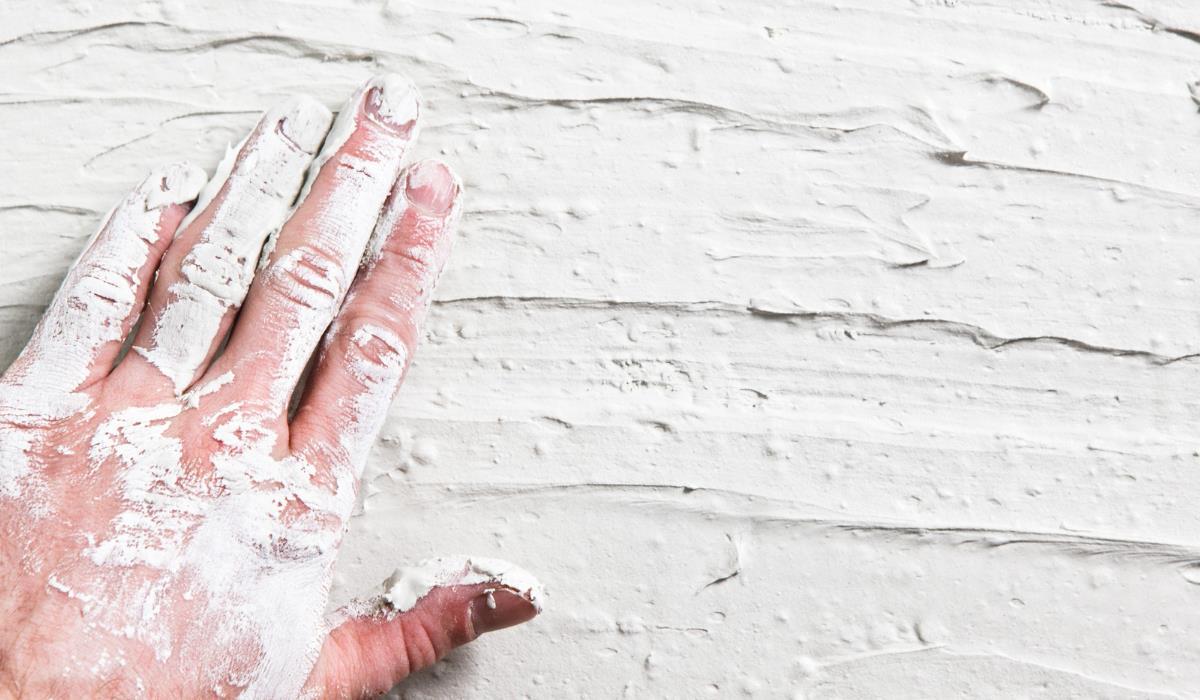Cement-lime plaster – ideal for finishing walls and ceilings in any room, especially in those with high humidity, such as kitchens and bathrooms. It is a universally applicable solution that provides an ideal surface for painting, wallpapering or underlayment for ceramic tiles.
Cement-lime plasters, although slightly more expensive than gypsum plasters, guarantee perfect surface quality with careful execution and the use of fine-grained mortars. An important advantage of cement-lime plasters is also their high resistance to moisture. This makes them an ideal solution for rooms where the humidity level is constant and high.
Plastering process
Cement-lime plasters are applied from ready-made mixtures that ensure high-quality coverage and selection of properties for specific applications. Plasters can be applied manually or with a plaster aggregate on substrates with a maximum moisture content of 3%. Depending on the type of substrate, plastering can be carried out in one or two technological cycles – thin rendering and overlay.
The average thickness of the cement-lime plaster is 15-20 mm, and if necessary, a layer can be added after the previous one has set. Individual varieties of cement-lime mortars differ in granulation and type of aggregate as well as additives that improve workability and adhesion to the substrate.
Plaster as a primer
Cement-lime plasters are a solution that will allow you to finish any room. It provides an ideal surface for painting, wallpapering or underlayment for ceramic tiles.
If the plaster is chosen as a substrate for ceramic tiles, it should not be troweled smooth – leveling the surface will be sufficient. Supporters of traditional solutions and owners of historic tenement houses may decide to apply lime plaster with lower resistance to damage than cement-lime plaster, but ensuring a high level of water vapor diffusion. Lime plaster is applied in two layers – the outer layer obtains a rough texture, which is smoothed with a lime coating with an admixture of marble powder up to 1 mm thick.
Maintenance and upkeep

In the case of cement-lime plasters, it is also important to maintain them properly. While the plaster is drying, ensure free air circulation and keep the temperature in the room above 5°C. After the plaster is completely dry, you can proceed to further surface treatment. It should be remembered that before painting, wallpapering or laying tiles, the surface should be primed with a suitable preparation.
Summary
Cement-lime plasters are a universal solution for finishing walls and ceilings in interior rooms. They allow you to obtain a smooth surface, which is a good base for paint coatings, wallpapers or ceramic tiles. It is worth noting that these plasters can also be used in rooms with high humidity. Their disadvantage is the long drying time, which may extend the time of work and affect the costs, but they are usually more expensive than gypsum plasters.
It is important to use ready-made mixtures for applying plasters, which ensure high quality coverage and appropriate properties depending on the application. When applying the plaster, you should also remember about the appropriate thickness of the layer and about observing the rules of care and further surface treatment. In the case of cement-lime plasters, it is also important to match the type of substrate to the plaster application technology in order to obtain the optimal final effect.



